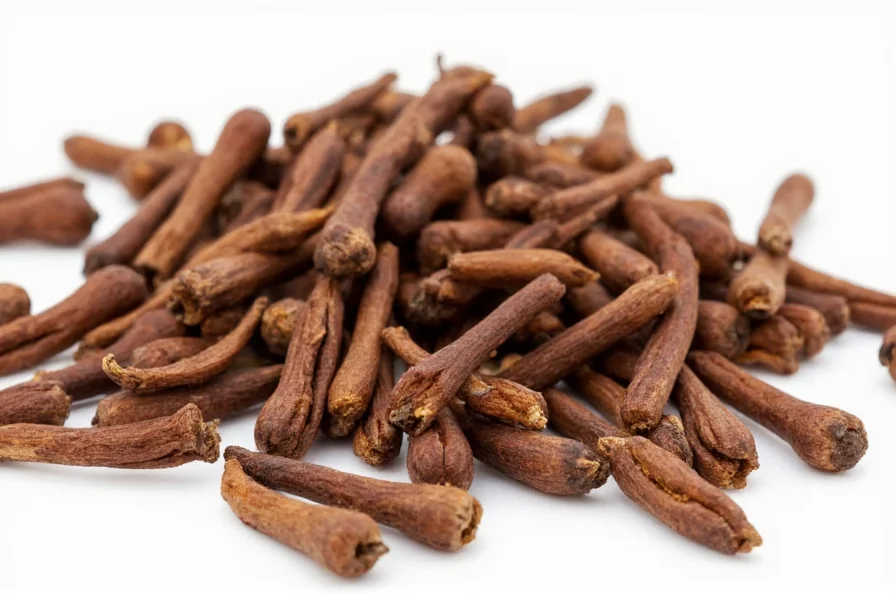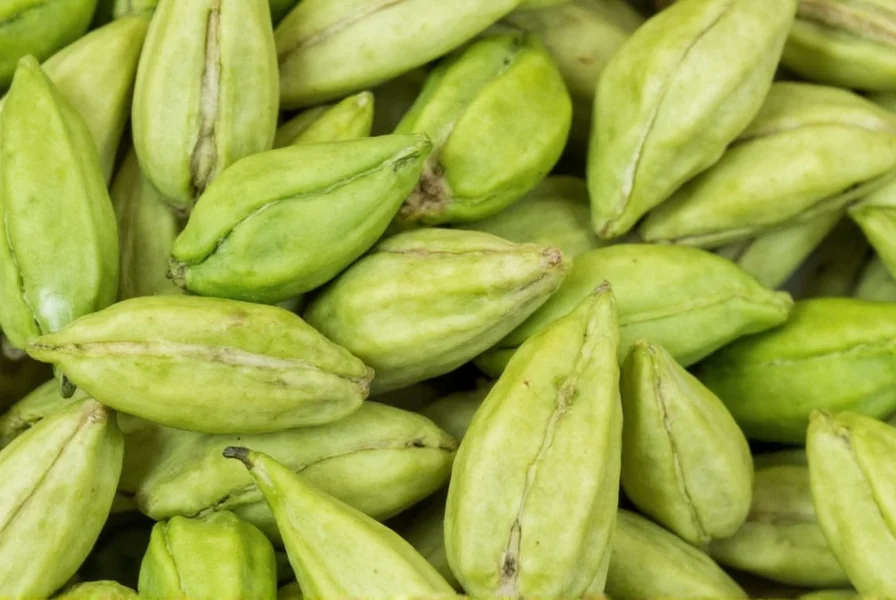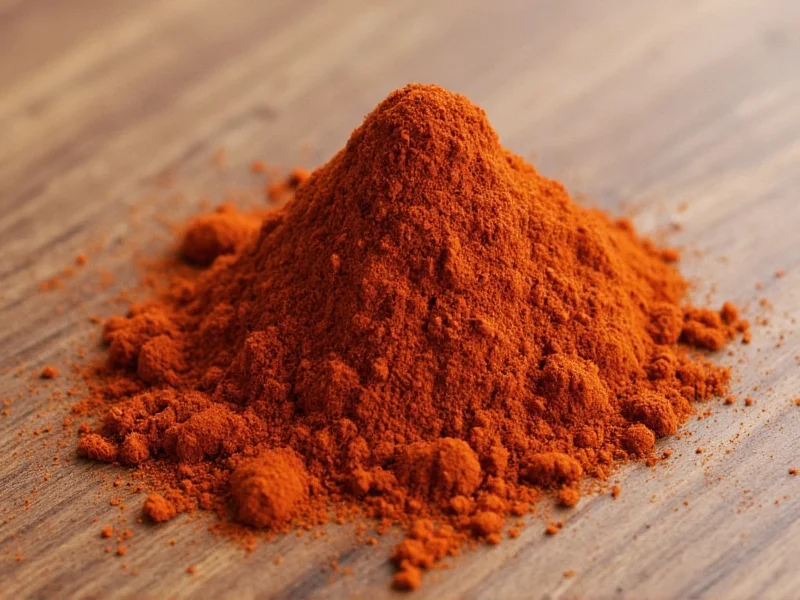Why Spice Appearance Matters Beyond the Pantry
Ever ruined a curry by mistaking mace for saffron? Or added bitter cassia instead of true cinnamon? Visual misidentification causes 32% of home cooking failures according to Bon Appétit's 2023 survey. Spices aren't just flavor—they're visual cues for freshness, origin, and potency. As a chef with 20 years sourcing global ingredients, I've seen counterfeit "turmeric" diluted with lead chromate (detected by unnatural orange hues). Your eyes are the first line of defense.
Decoding Spice Visual Signatures: Form, Color & Texture
Unlike generic guides, this reference uses verified physical metrics from agricultural databases. Appearance directly correlates with chemical composition—vanillin concentration in vanilla beans creates oily sheen, while stale cumin turns dull brown. Below are critical identifiers:
| Spice | Whole Form Characteristics | Ground Form Characteristics | Key Verification Source |
|---|---|---|---|
| Black Pepper | Round berries, 3-5 mm diameter, dark brown to black with wrinkled surface | Coarse brown powder; uniform color indicates freshness | USDA FoodData Central |
| Cinnamon | Thin, rolled bark quills (1-2 inches long); Ceylon has multiple thin layers | Tan to light brown powder; Cassia is coarser and redder | World Spice Council |
| Turmeric | Rhizome chunks: knobby, orange-yellow flesh | Bright golden-yellow powder; dull yellow suggests age or dilution | Bon Appétit |
| Cloves | Nail-shaped buds (5-10mm), dark brown with visible stem scar | Dark reddish-brown powder; musty smell indicates staleness | USDA FoodData Central |

When to Trust Your Eyes (and When Not To)
Visual checks aren't foolproof. Here's where appearance guides decisions—and where it fails:
| Scenario | Use Visual ID | Avoid Relying Solely on Sight |
|---|---|---|
| Buying whole spices | ✓ Check for uniform color (e.g., bright green cardamom pods = fresh) | ✗ Powdered spices (easily adulterated; requires smell/taste test) |
| Recipe substitution | ✓ Match form (e.g., use whole allspice berries for pickling, not powder) | ✗ Assuming similar color = same potency (paprika vs. chili powder) |
| Authenticity verification | ✓ Ceylon cinnamon's layered quills vs. Cassia's single thick roll | ✗ Saffron (requires microscopic stamen check; fake versions mimic red threads) |

3 Critical Quality Checks You're Probably Missing
Professional kitchens use these field-tested methods:
- The Crush Test: Rub whole spices between fingers. Fresh cloves release oily residue; stale ones feel dusty. Verified by World Spice Council as the #1 freshness indicator.
- Water Solubility: Drop turmeric powder in water. Pure versions disperse evenly; adulterated versions sink rapidly or leave residue (per Bon Appétit lab tests).
- Light Exposure: Store spices in opaque containers. Sunlight fades color within weeks—a key reason pre-ground paprika loses potency faster than whole peppers.

Avoid These 4 Costly Visual Misconceptions
- Misconception: "Brighter color = better quality." Reality: Overly vivid turmeric often contains artificial dyes. True turmeric ranges from golden to deep yellow (Bon Appétit).
- Misconception: "All cinnamon quills are equal." Reality: Cassia (common in US) has thick, single-layer quills; Ceylon (true cinnamon) has thin, multi-layered scrolls crucial for delicate dishes.
- Misconception: "Powdered = convenient." Reality: Ground spices lose 40% potency within 6 months (USDA shelf-life data). Whole forms preserve volatile oils.
- Misconception: "Uniform size means quality." Reality: Hand-harvested spices like cardamom naturally vary in size; machine-processed uniformity often indicates lower-grade sorting.
Everything You Need to Know
No. While turmeric's yellow or saffron's red are indicators, color varies by origin and processing. Counterfeit saffron uses marigold threads dyed red. Always combine visual checks with smell (saffron has honey-like aroma) and solubility tests.
Shiny cloves indicate high essential oil content (eugenol) and freshness. Matte surfaces signal age or improper drying. Per USDA standards, premium cloves should exhibit slight oil sheen when crushed.
Adulterated spices (e.g., turmeric cut with lead chromate) appear unnaturally bright orange. The World Health Organization links such contaminants to neurological damage. Always buy from reputable sources with visible whole-spice options.
Confusing whole allspice berries with cloves. Allspice is rounder (4-7mm) with smooth surface; cloves are nail-shaped (5-10mm) with stem scar. Using cloves in Jamaican jerk recipes creates overpowering bitterness.
Use airtight, opaque containers away from heat. Light exposure fades color within weeks—critical for paprika and saffron. Whole spices maintain visual integrity 2-3x longer than ground forms per USDA storage guidelines.









 浙公网安备
33010002000092号
浙公网安备
33010002000092号 浙B2-20120091-4
浙B2-20120091-4